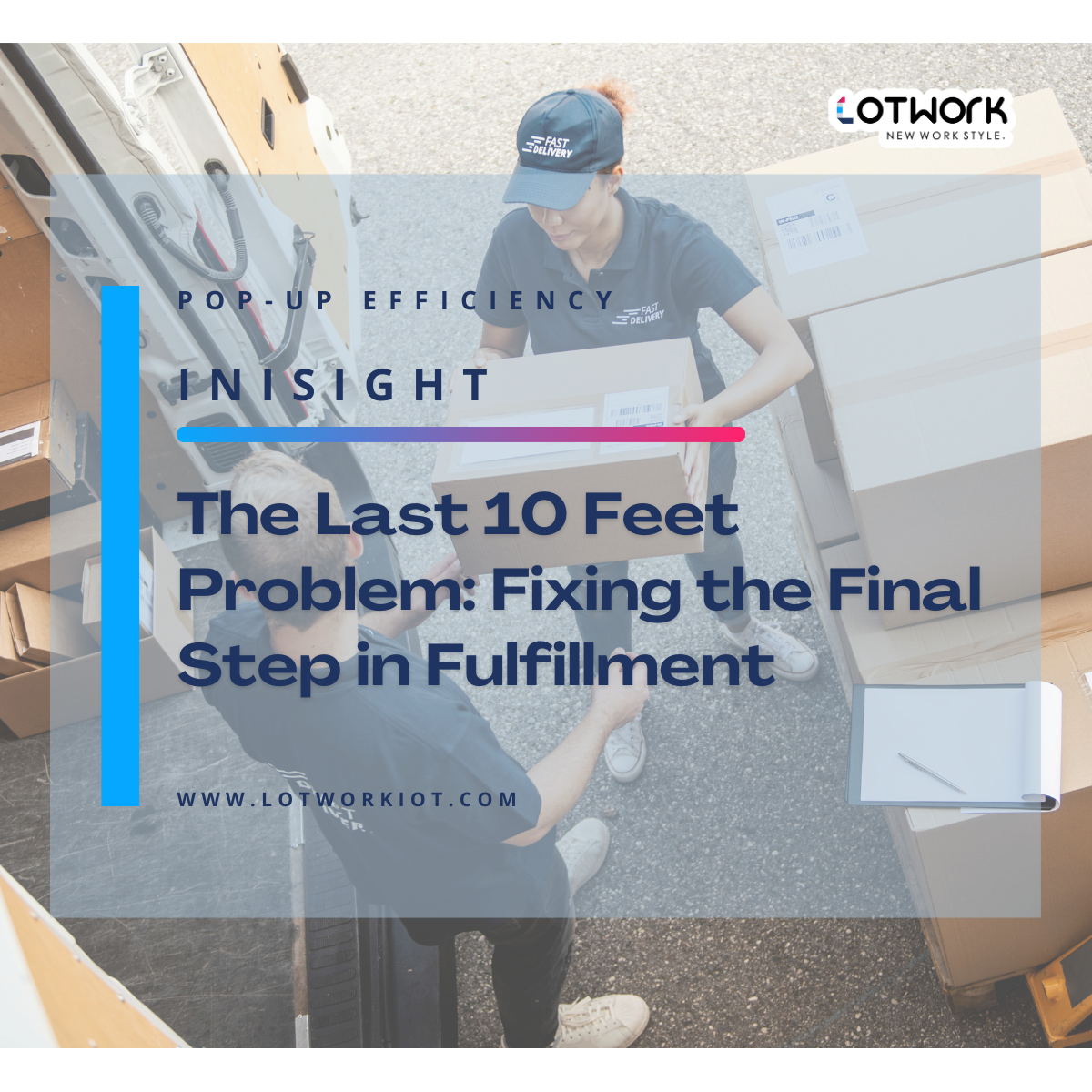A Matrix Antenna For A Smart Chessboard
July 16, 2024
In my last post, I gave an example of how my company was able to solve a technological problem that the big companies couldn’t. Now since you might be thinking that we just got lucky when we solved the problem of RF communication in remote areas, let me share another example of startup innovation —— how we solved the problem of tracking multiple chess pieces at one time.
In 2022, a client tasked my company with developing a Embodied Intelligent Robot for Chess and Go. The challenge was the need for rapid and accurate recognition of both the type of chess pieces and their positions on the board.

As a way to solve this challenge, I proposed a dense matrix antenna design in which we placed an antenna on each square of the chessboard.
Such a fix was unconventional thinking as it violated commonly held antenna principles. Hardware engineers, suppliers, and industry experts believed that such an arrangement would result in signal interference and be unworkable
However, after more than a year of repeated experiments and parameter adjustments, we succeeded with this novel approach. Even after the product was developed, suppliers and engineers kept questioning how it was possible, claiming it was fundamentally flawed.
The reason why our solution worked was due to the reasonable antenna routing and layout. It utilized the crosstalk between adjacent antennas to form an effective enhancement rather than trying to prevent crosstalk.
As you can see, small companies don’t shy away from tackling difficult technological challenges. For the reasons I discussed in an earlier post, we have the singular drive and focus to innovate and apply original —— often unorthodox thinking —— to solving problems that baffle big companies.
And that’s exactly what we’re doing now to logistics technology.
Thanks to 15 years of continuous innovation and tackling technical challenges, we at Lotwork are now building new industrial solutions based on an ultra-low power technology platform (ULPCP). Our technology lays a solid foundation for global leadership in ultra-low power ring scanners, ultra-low power Wireless Light Tags, wearable computing, and cloud personal digital assistants. Taken together, this technology should significantly enhance the efficiency and safety of North American logistics and delivery.










